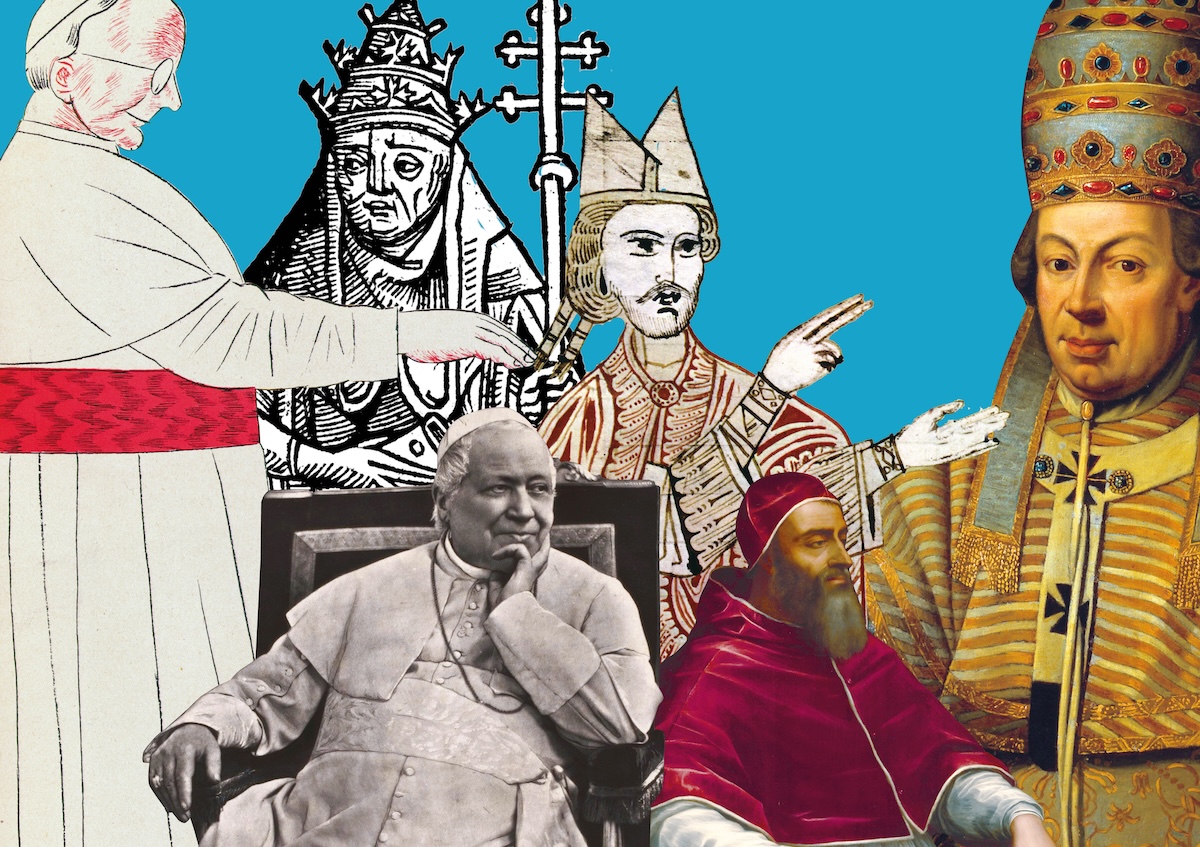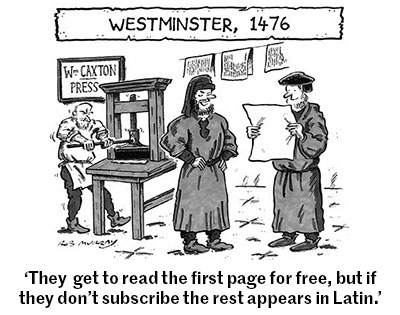Curbing the Power of the Popes
The survival of the papacy has always been dependent on a precarious balancing act between the pope’s religious and secular powers.

In September 1870 concerned and curious Romans gathered at St Peter’s Basilica. Beyond the walls of the Vatican, Pope Pius IX claimed to have been imprisoned in his own realm. For more than a millennium popes had governed territory across central Italy from their capital in Rome. When, in 1861, King Vittorio Emanuele II had united the Italian states to create the nation of Italy, the rump of the Papal States remained distinct. On 20 September 1870, however, the Italian king took the papal capital as his own. For those who questioned the popes’ right to hold worldly authority, it was a just and timely act. For others, the king violated an office sanctioned by God. As a champion of tradition, Pius IX made his feelings plain: it was the pope who had locked himself inside the Vatican Palace. He and his successors would remain ‘prisoners’ until 1929, refusing to recognise Rome as the Italian capital by taking a single step on its soil.
